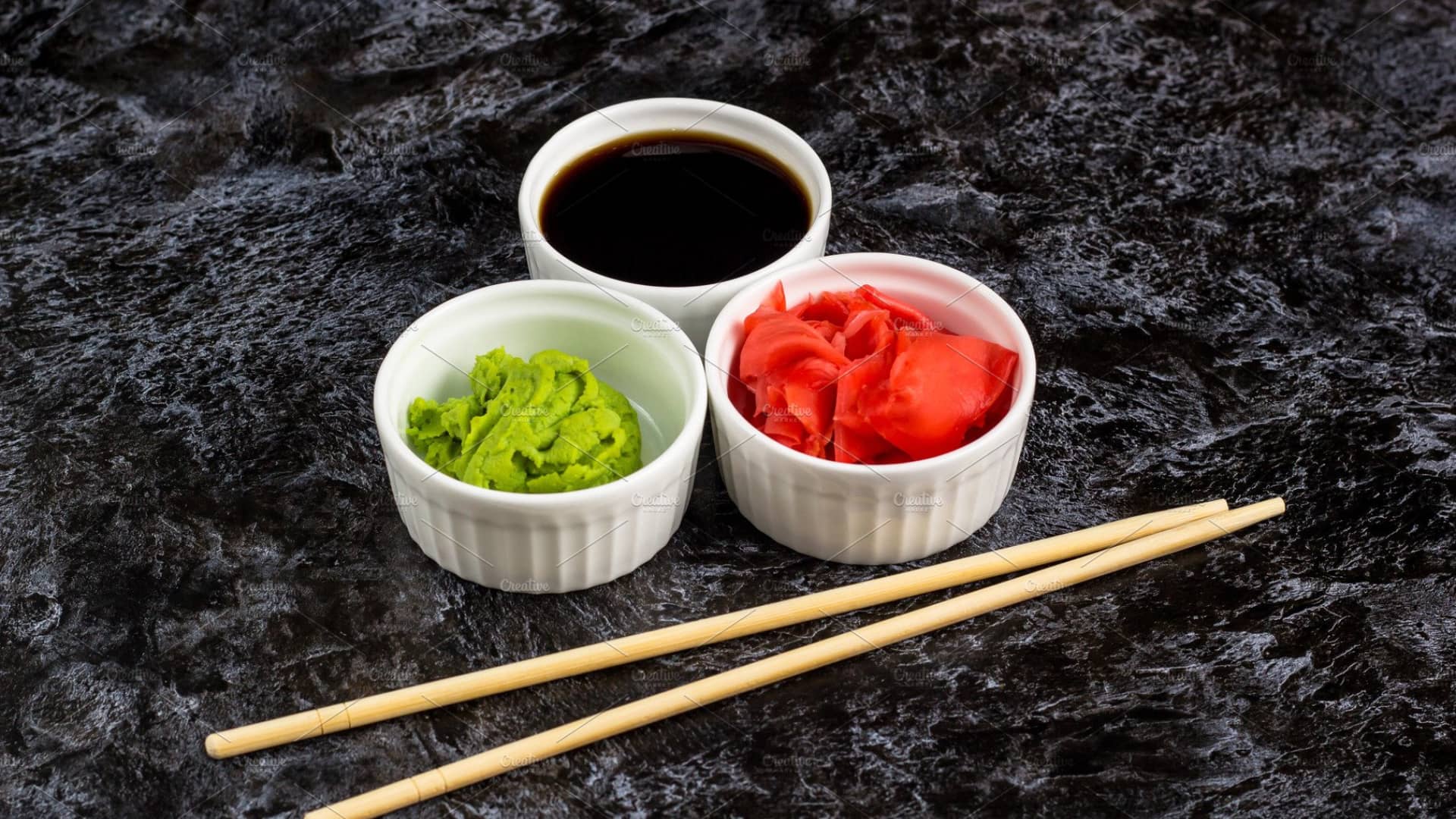Wasabi and Soy Sauce: Unveiling the Perfect Complements to Sushi
Introduction:
In the world of Masuta Japanese Fusion, two condiments reign supreme: wasabi and soy sauce. These staples of Japanese cuisine not only enhance the flavors of our fusion sushi but also add depth and complexity to each bite. Join us as we delve into the origins, characteristics, and proper usage of wasabi and soy sauce, unlocking the secrets to a truly exceptional dining experience at Masuta Japanese Fusion.
- The Origins of Wasabi: First, let’s explore the fascinating history of wasabi. Derived from the Wasabia japonica plant, this vibrant green paste has been a part of Japanese culinary traditions for centuries. Cultivated primarily in cool mountainous regions, wasabi is known for its pungent aroma, distinct spiciness, and delicate flavor profile.
2. Characteristics of Wasabi: Authentic wasabi possesses unique characteristics that differentiate it from its imitations. Its distinct spiciness, often described as a “clean heat,” stimulates the palate without overwhelming it. Additionally, the flavor of wasabi is subtle and slightly sweet, with hints of grassiness and earthiness.
3. The Art of Grating Wasabi: To truly appreciate the flavor of wasabi, it is best to freshly grate the rhizome just before consumption. Traditional Japanese cuisine employs a sharkskin grater called an oroshigane, which creates a fine paste that enhances the texture and releases the full aroma and flavor of the wasabi.
4. Understanding Soy Sauce: Moving on to soy sauce, this umami-rich condiment is a staple in Japanese cuisine. Made from fermented soybeans, wheat, salt, and koji mold, soy sauce undergoes a complex brewing process that results in its distinct savory flavor. It acts as a versatile companion to sushi, imparting a delicate balance of saltiness and richness to each bite.
5. Types of Soy Sauce: There are various types of soy sauce available, each with its own unique flavor profile. Shoyu, the most common type, strikes a harmonious balance between sweetness and saltiness. Tamari, a wheat-free soy sauce, has a darker color and a richer, bolder flavor. Ponzu, a citrus-infused soy sauce, adds a tangy and refreshing element to sushi.
6. Proper usage of Wasabi: When it comes to wasabi, a little goes a long way. In traditional sushi etiquette, a small amount of wasabi is already placed between the fish and rice by the sushi chef. However, if additional wasabi is desired, it can be mixed with soy sauce to create a dipping sauce. It is important to note that mixing wasabi directly into soy sauce is considered improper, as it can overpower the flavors.
7. Dipping Sushi in Soy Sauce: Mastering the art of dipping sushi in soy sauce is essential for a satisfying sushi experience. Rather than fully submerging the sushi, a gentle dip with the fish side is recommended to avoid overpowering the delicate flavors. Additionally, it is advisable to use a modest amount of soy sauce to maintain a balance between the sushi and the condiment.
Conclusion:
In conclusion, at Masuta Japanese Fusion, we believe that the combination of wasabi and soy sauce is an integral part of our culinary journey. The marriage of these two condiments amplifies the flavors of our fusion sushi, creating a harmonious blend of traditional and contemporary tastes. Our commitment to using fresh, high-quality ingredients ensures that the pungent spiciness of wasabi and the savory richness of soy sauce are brought to life in each bite. As you embark on your dining experience at Masuta, we invite you to savor the artful balance of these condiments, as they unlock a world of exceptional flavors and elevate your sushi experience to new heights.



